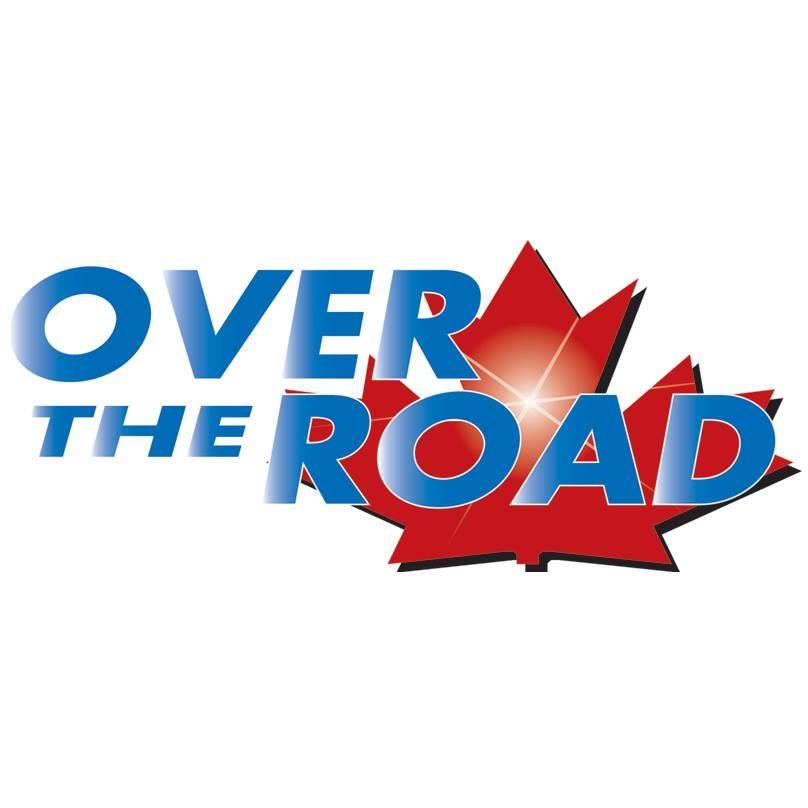Evaluating Your Annual Taxes

This is the time of the year when taxes are paid. Most people are still feeling the sting. Not all operators wait till the end of the year to pay, some make installment payments or remittances during the year (voluntary or mandatory). However, all good operators evaluate their tax liability for their prior year. It’s not always an easy job, unless of course you didn’t pay anything.
Looking at the total dollar figure and comparing it to your friend with the same type of truck and work ethic is not a very scientific method. There are just too many variables that can make thousands of dollars difference between the two. It’s a little like judging the value of a truck by its shinny polished chrome, it can be very deceiving.
The chief indicator to determine tax liability, or whether you have the right accountant, is not the dollar figure you remit but the system that your preparer uses. The different reporting methods can produce as much as 80%+ difference. There are primarily three different systems: self-employed, incorporated and non-taxable benefits (which will also require incorporation).
In 2008 approximately 80% of all operators were self-employed. Today that number has declined considerably (with much different percentages in different provinces/districts).
Since there are new operators getting into the industry all the time (5-15% of all operators turnover every year), many have not done adequate research on this issue.
For the sake of this article I will narrow my advice to legitimate methods and consultants, acknowledging that there are those “accountants” that simply lie/cheat or grossly misrepresent the facts to CRA. Though there are not very many of them sooner or later, (eventually) professionals get to see their work. When 80%+ of a firm’s clients pay virtually nothing professionals usually know what’s going on. I once showed an operator his own paperwork as filed from a “cheater”. It was virtually impossible to not see what they did. The light went on, they saw the lie but they still chose to continue using them. In my 25+ years in operator tax preparing I have seen many (most) of these operators actually get away with not paying their fair share but I have never met one that (after 10+ years) were prospering. Many/most were in worse financial shape than they were before they started. In my opinion dishonesty never pays off in the long run. I was once asked what is the best policy at our firm? I replied “…the policy implementing a 100% compliance to charging and remitting applicable taxes on all our revenue… no cash deals… no exceptions!”
There are also many tax preparers who don’t always follow the rules, they cut corners. For example, 80% of all operators do not prepare a personal vehicle log book for calculating the deduction of legitimate business travel. Under audit this is called “low hanging fruit”. The reason most firms do not submit one is because operators would leave and find another firm who would “estimate” the percentage. Knowing this, most firms “allow” or even encourage these estimates. The firm is playing a game of “audit probability”. Knowing approximately what number or percentage would flag an audit they make sure it is within “reason” to appease a potential auditor. Every professional tax preparer knows (or should know) that log books for personal vehicles are mandatory. Failure to produce one at the time of audit may be catastrophic (depending on the diligence of the auditor and/or the sweet-talking ability of the accountant). I have met many operators who have been re-assessed on this issue… however I have probably met many more who have not (and have been estimating for decades).
Another example of not following the rules or cutting corners is using the simplified method (days gone X $51.00 or meals gone X $17.00) as a self-employed option. This corner cutting also falls under the regulation verses industry practice conflict but has one more twist. Depending on where you live in Canada some auditors allow it while others do not. I have even seen it depend on which auditor is assigned rather than where you live in Canada. If a firm desires to follow the rules and guidelines precisely they should be asking the operator for meal receipts (if they are self-employed). Not asking for them means the firm is playing the “audit probability” game. The rules in this issue are slightly better for the firm but are still vulnerable to the IC73-21R9 (both the employer and employee must sign the TL2 in order to use the simplified method).
The best tax results will always come from the non-taxable benefits. Though it can only be used if an operator is incorporated, certainly not all incorporated operators use non-taxable benefits. Most tax preparers use the simplified method ($51.00 per day) for their incorporated clients. Though it does “legitimately” save about $2500-$3500 over the self-employed method, it just barely covers the additional costs of maintaining an incorporated company.
The non-taxable benefit system saves an average of $10-12,000 per year in taxes (per driver) over the legitimately filed self-employed method. It does have higher accounting fees than the self-employed method but it generally returns between 500-600% on your investment. Depending on the cost of filing your self-employed year it may return as high as 900%+ every year. It’s an investment that is well worth investigating.
So when evaluating your annual tax liability, look less at the figure you paid and more to the system your tax preparer used.
